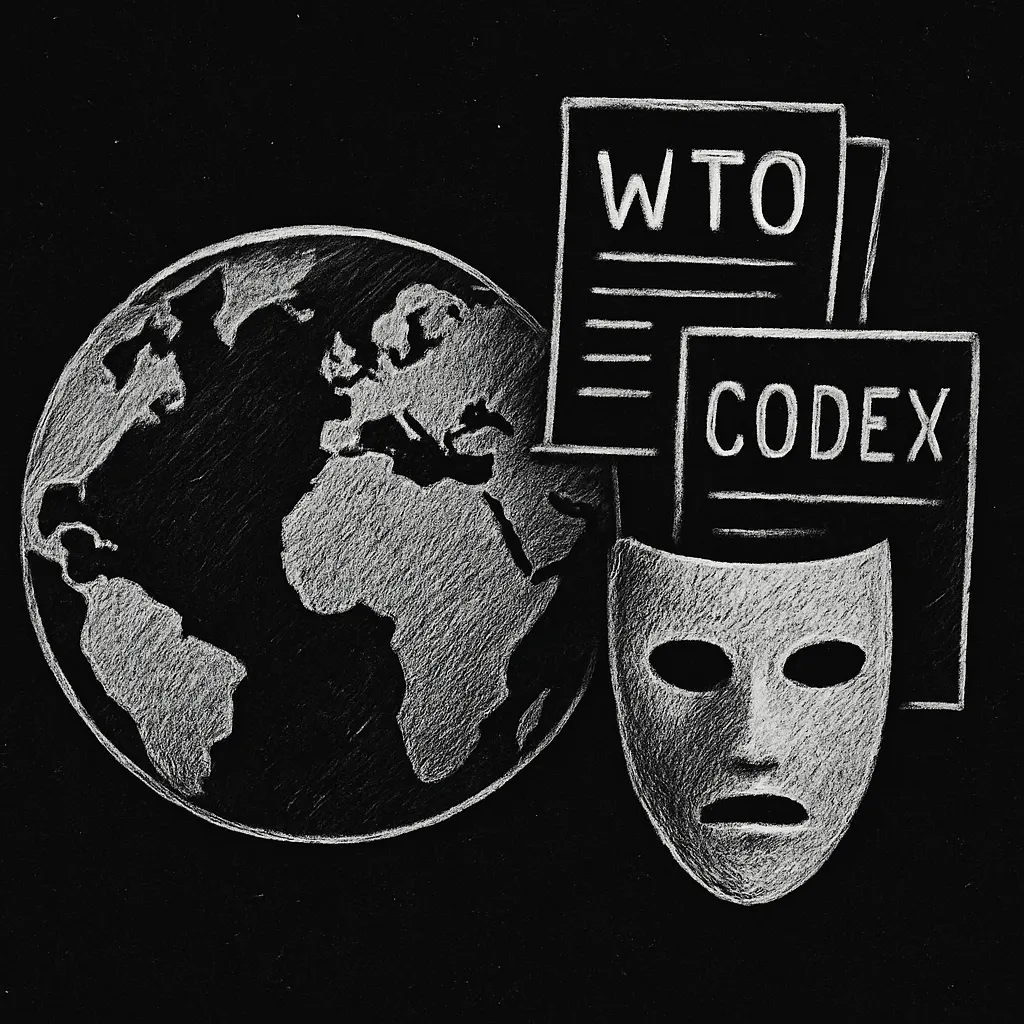To know the flavor of a place, you must burn your tongue on its stories.
New Blog Post Description

MENSCH JOURNALS
Get your exclusive mensch thoughts every Saturday!
Or read previous journals below

New Blog Post Description

The 3-Step Framework That Make Fasting It Work

he Mindful Kitchen Map: a framework I developed for neurodivergent wellbeing, flow, and daily nourishment.

The kitchen isn’t just a room; it’s the beating heart of every home. It’s where we nourish not just our bodies but also our relationships, creativity, and connection to the world. In a fast-paced and fragmented world, the kitchen stands as a reminder of something ancient and enduring. It’s the space where sustenance and meaning come together.

.. claims a noble mission: to eliminate trade barriers and protect consumers. But when you dig deeper,

We’re all creators. Whether you realize it or not, creation is woven into every moment of your life.The way you solve problems, choose and cook your meals, or pick up a new skill—it's all creation.
Mensch Chef Limited 2025 | Privacy Policy